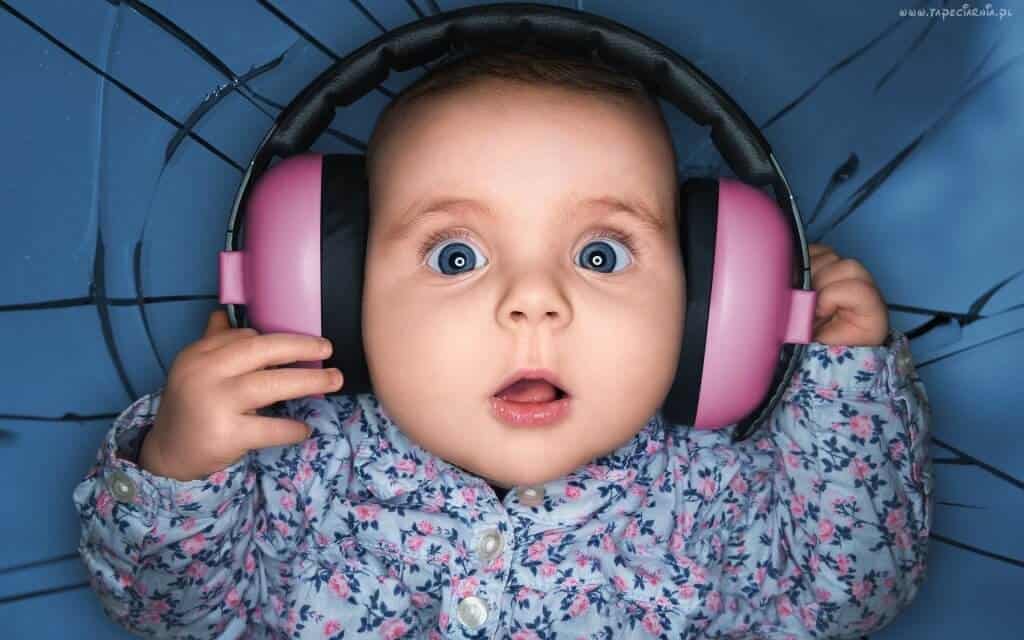How to Identify Your Children’s Learning Types

This is the second article about learning types. For more information about the history, types, and method of categorizing learners see this article. There are four primary learning styles -- visual, auditory, read-write, and kinesthetic. Very few people have a single learning style, most people can learn by a variety of methods. Nevertheless, there is usually one style that is more effective for each student.
How to identify a Visual learner
There are a number of characteristics that will help you recognize if your child is a visual learner. If the answers to the following questions is "Yes," it means that he or she has at least a few of the most common attributes.
- Is he/she a fast talker?
- Does he/she have a very vivid imagination?
- Does he/she have an excellent memories that conjures up visually-observed details?
- Is he/she impatient or apt to interrupt?
- Does he/she like books and reading?
- Does he/she have a strong aptitude for observing current surroundings?
- Does he/she have interests in painting, drawing, and arts and crafts?
- Does he/she use words and phrases that conjure up visual images?
- Does he/she learn best by seeing and visualizing?
- Does he/she have a good sense of direction?
- Is he/she good at recognizing people's faces and locations?
How to identify a Read/Write Learner

Just like above, if the answers to these questions are "Yes," there is a good chance that he or she is a read-write learner.
- Does he/she enjoy information that is in the form of lists?
- Does he/she quickly reference a dictionary definition?
- Does he/she always have a book in hand and can spend hours reading?
- Does he/she prefer to read aloud to others and read alone more than being read to?
- Does he/she work best in quiet areas?
- Does he/she greatly enjoy all types of reading and writing?
- Does he/she put emphasis on text based input and output?
- Does he/she enjoy teachers or people who inject lots of information into their sentences?
- Does he/she love taking notes / takes voluminous notes?
- Does he/she like to study and work alone in order to avoid any distraction?
How to identify a Kinesthetic Learner
Once again, if the answers to these questions are "Yes," you might have a kinesthetic learner on your hands.
- Does he/she tend to be among the slowest talkers?
- Does he/she have natural aptitude for dance, sports, exploration, and other physical activities?
- Does he/she have a hard time sitting still? (Fidgets a lot while sitting in chairs)
- Does he/she have excellent coordination and hand-eye coordination?
- Did he/she learn to crawl, walk, and run faster than normal?
- Does he/she take a long time to make decisions?
- Does he/she use all of the senses when learning?
- Does he/she utilize hand gestures and movements while talking or explaining?
- Does he/she enjoy hands on learning and approaches problems through trial and error?
- Does he/she enjoy solving real-life problems?
- Does he/she enjoy play-acting?
- Does he/she like hand-written exercises like writing and drawing?
How to identify an Auditory Learner

If the answers to these questions are "Yes," he/she might be an auditory learner.
- Does he/she speak pretty slowly?
- Does he/she have a talent for musical instruments or singing?
- Does he/she enjoy singing along to songs?
- Does he/she get excited when hearing music or sounds?
- Does he/she do a good job at listening and following directions?
- Is he/she a natural listener?
- Does he/she think in a linear manner?
- Does he/she have strong verbal abilities, remembers words and phrases, and regularly engages or enjoys discussions?
- Does he/she prefer to have things explained out-loud instead of through a text book or other written medium?
- Does he/she learn best by listening and/or verbalizing?
- Does he/she notice sounds before anyone else?
Homeschool teachers need to know their predominant style
It is almost as crucial for the teacher to know his or her predominant style as it is to know the student they are teaching. This is because people in general unintentionally incorporate and favor their own style into their learning methods. This means that style(s) the parent or teacher does not naturally find beneficial or appreciate are commonly under-emphasized and left shortchanged.
Now that you've identified your child's learning type, learn how to teach based on learning type.







What if my daughter hits most of all the examples in how she learns? She sings, but doesn't like sitting still long enough to learn how to play guitar or piano, she dances and loves muse, she likes to read, if it interests her, she could watch entertain tv all day.